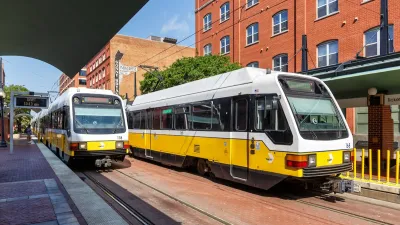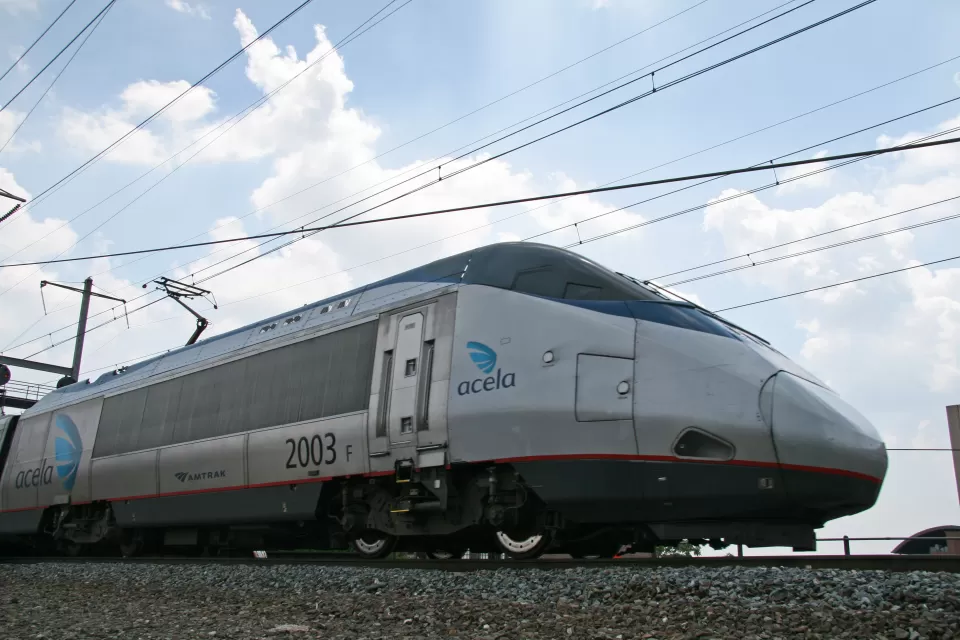The latest issue of Nature looks at the implications of an increasingly urban world on the field of science, and the field's impact on cities.
The concentration of people in urban areas could prove to be a good thing for scientists and the scientific fields, and how the increasing concentration of scientists can be good for cities.
"Cities are also home to considerable scientific capital; they hold most of the world's top universities and the vast majority of its researchers. This week, Nature examines that special relationship between scientists and cities and how each can bring out the best in the other. The resources that cities offer can stimulate outstanding science for reasons that researchers are just starting to explore. On the other side of the equation, scientists can assist cities in tackling their biggest problems. The Nobel laureate Mario Molina sets a good example, having redirected his research to improving the environment in Mexico City, one of the world's biggest megacities."
FULL STORY: Cities: The urban equation

Study: Maui’s Plan to Convert Vacation Rentals to Long-Term Housing Could Cause Nearly $1 Billion Economic Loss
The plan would reduce visitor accommodation by 25,% resulting in 1,900 jobs lost.

North Texas Transit Leaders Tout Benefits of TOD for Growing Region
At a summit focused on transit-oriented development, policymakers discussed how North Texas’ expanded light rail system can serve as a tool for economic growth.

Why Should We Subsidize Public Transportation?
Many public transit agencies face financial stress due to rising costs, declining fare revenue, and declining subsidies. Transit advocates must provide a strong business case for increasing public transit funding.

How to Make US Trains Faster
Changes to boarding platforms and a switch to electric trains could improve U.S. passenger rail service without the added cost of high-speed rail.

Columbia’s Revitalized ‘Loop’ Is a Hub for Local Entrepreneurs
A focus on small businesses is helping a commercial corridor in Columbia, Missouri thrive.

Invasive Insect Threatens Minnesota’s Ash Forests
The Emerald Ash Borer is a rapidly spreading invasive pest threatening Minnesota’s ash trees, and homeowners are encouraged to plant diverse replacement species, avoid moving ash firewood, and monitor for signs of infestation.
Urban Design for Planners 1: Software Tools
This six-course series explores essential urban design concepts using open source software and equips planners with the tools they need to participate fully in the urban design process.
Planning for Universal Design
Learn the tools for implementing Universal Design in planning regulations.
Ascent Environmental
Borough of Carlisle
Institute for Housing and Urban Development Studies (IHS)
City of Grandview
Harvard GSD Executive Education
Toledo-Lucas County Plan Commissions
Salt Lake City
NYU Wagner Graduate School of Public Service





























